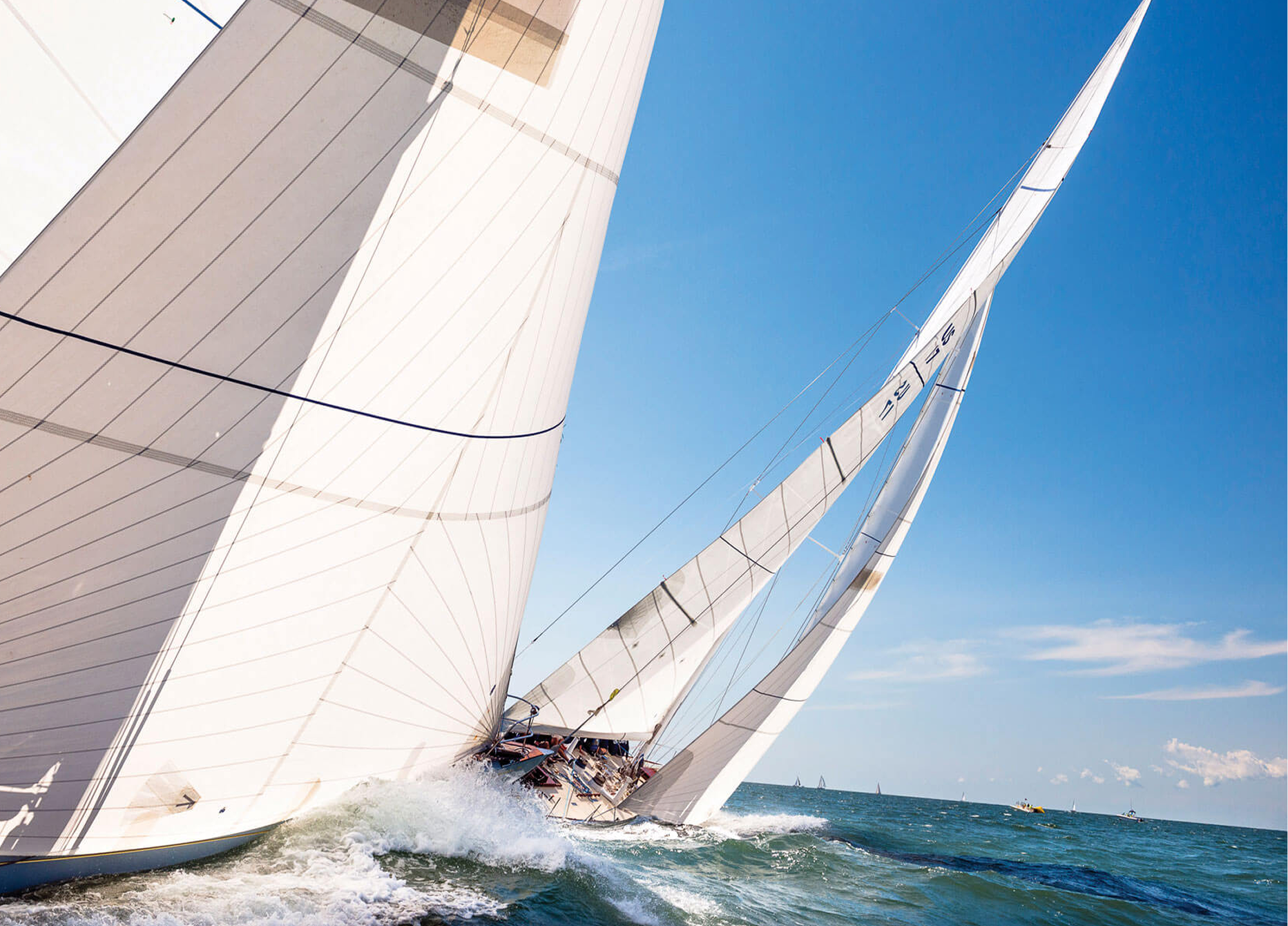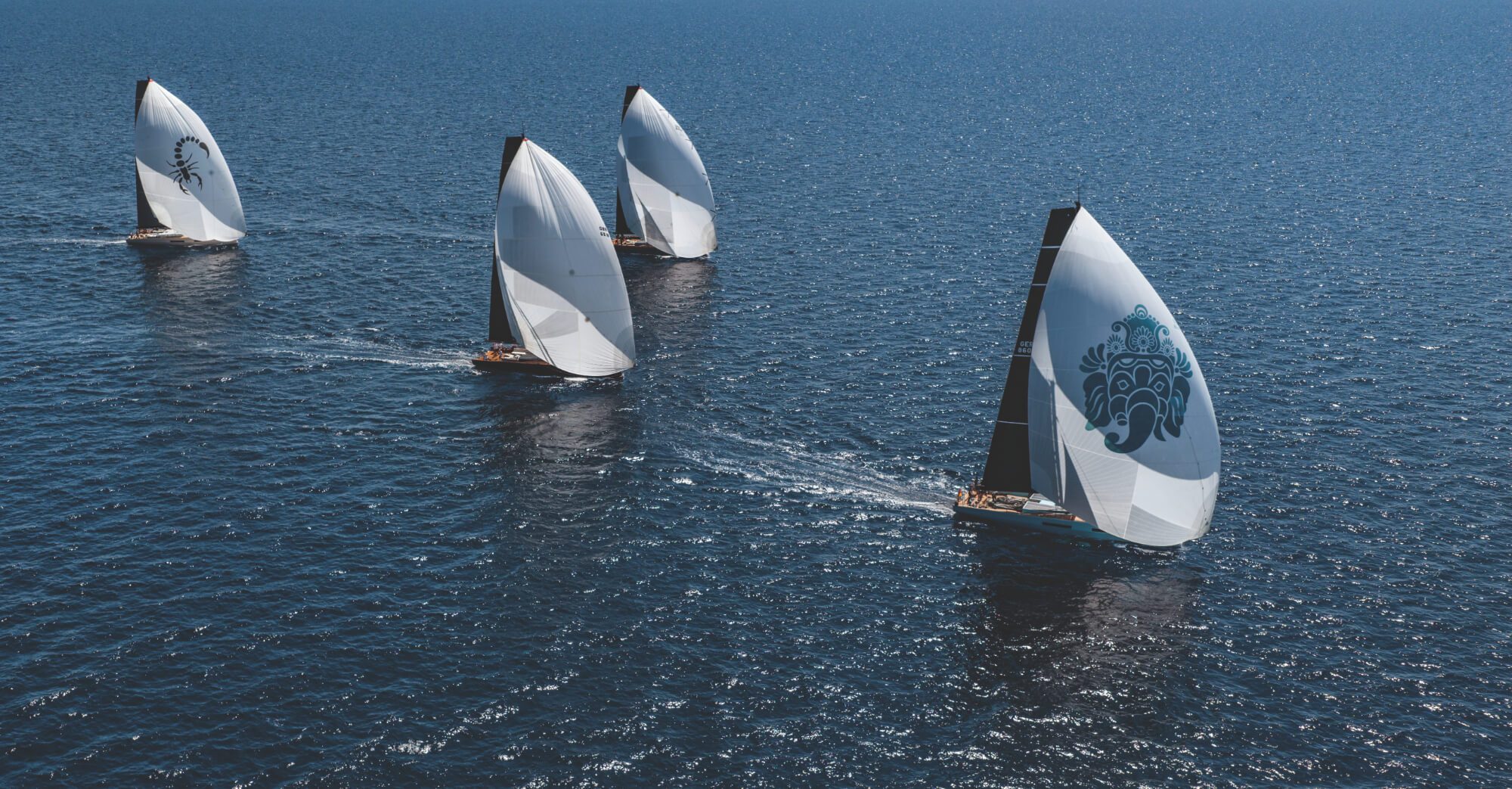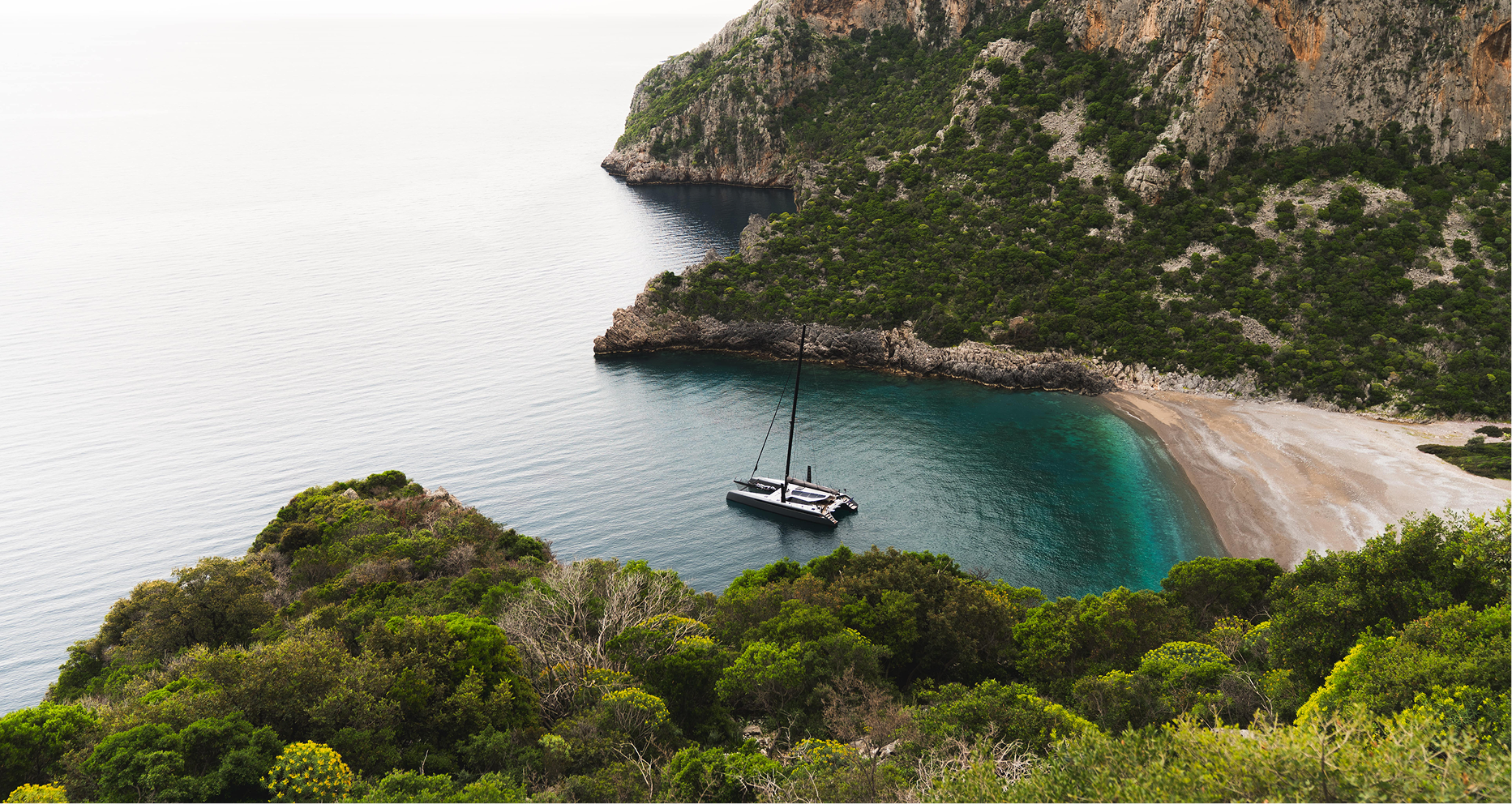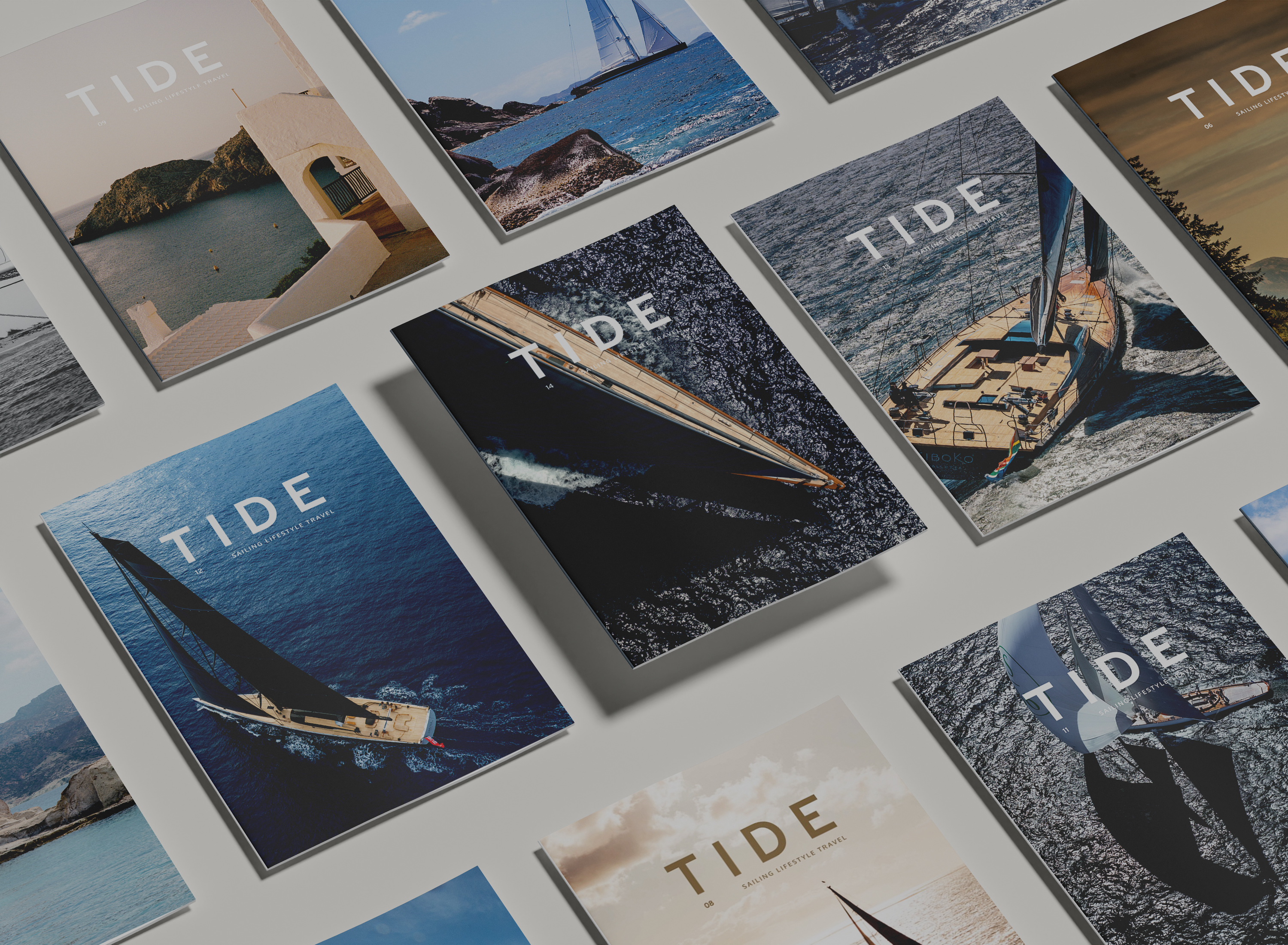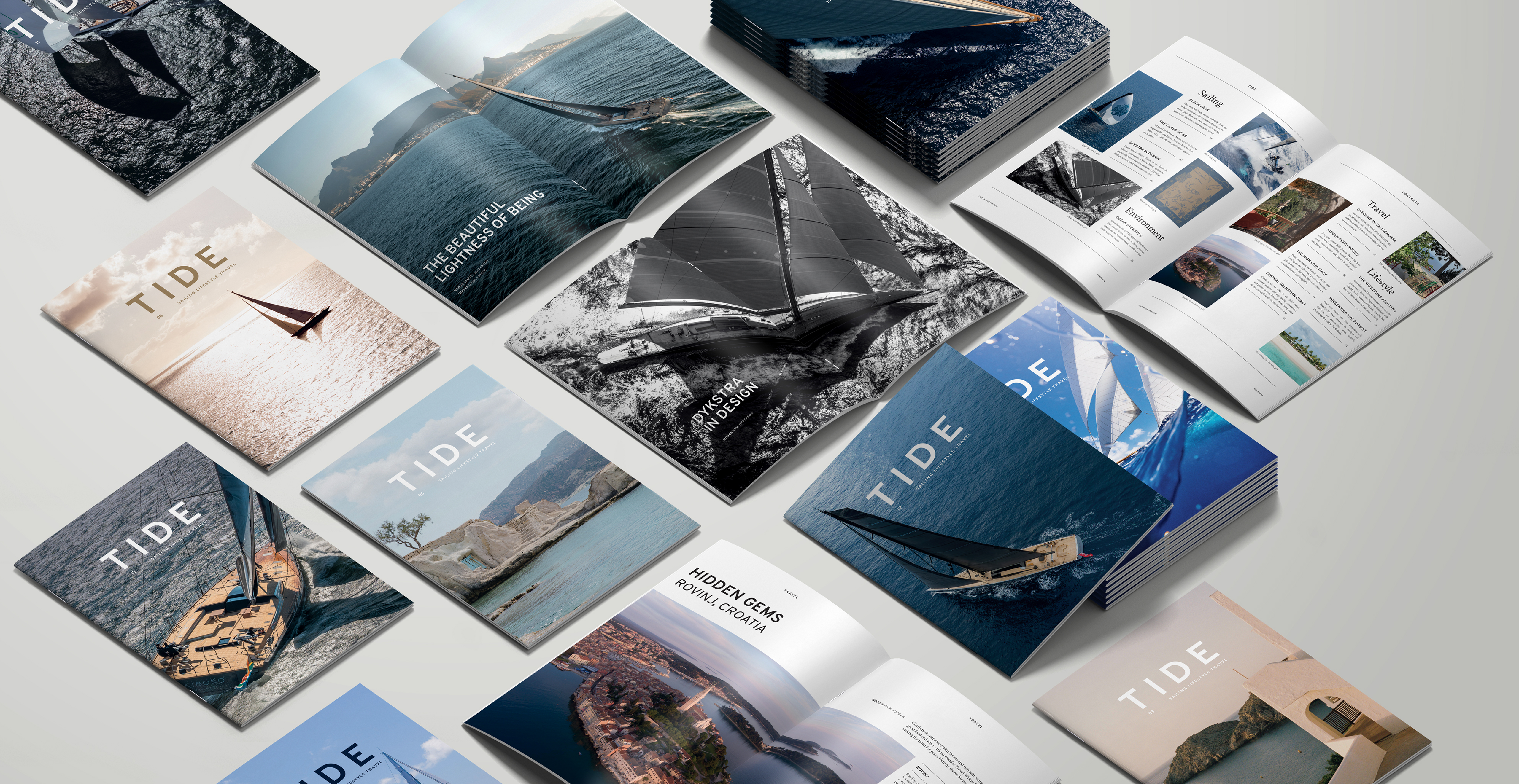Ever since the inception of the Twelve Metre Class in 1906, the yachts designed and built to this rule have always attracted admiring glances. Their narrow lines and graceful overhangs meant that, back in the early days, they provided a stylish, more compact counterpoint to the ‘Big boats’ such as the J Class, while nowadays they serve as a great accessory for owners of Superyachts or those who like to compete in a classic class with a difference.
What has specifically made the class so unique, however, is its incredibly long period of constant development. While other classes came, went or morphed into ‘classics’, the Twelve Metre endured, evolved and remained relevant for longer than any other. This was because it was the boat used to contest the America’s Cup from 1958 to 1987. This unprecedented run showcased precisely how boat design ideas could evolve radically despite the tight constraints of a measurement rule which, at heart, aims at creating a reasonably level playing field by limiting innovation – modern designers are forced to work to a measurement rule tailored to the needs of Edwardian racing sailors. The results have been fascinating and a simple comparison of, say, Olin J Stephens’ 1938 design Vim with the 1982 Ben Lexcen Australia II demonstrates just how designers can push their visions to the absolute limit, while remaining within the constraints of a class rule.
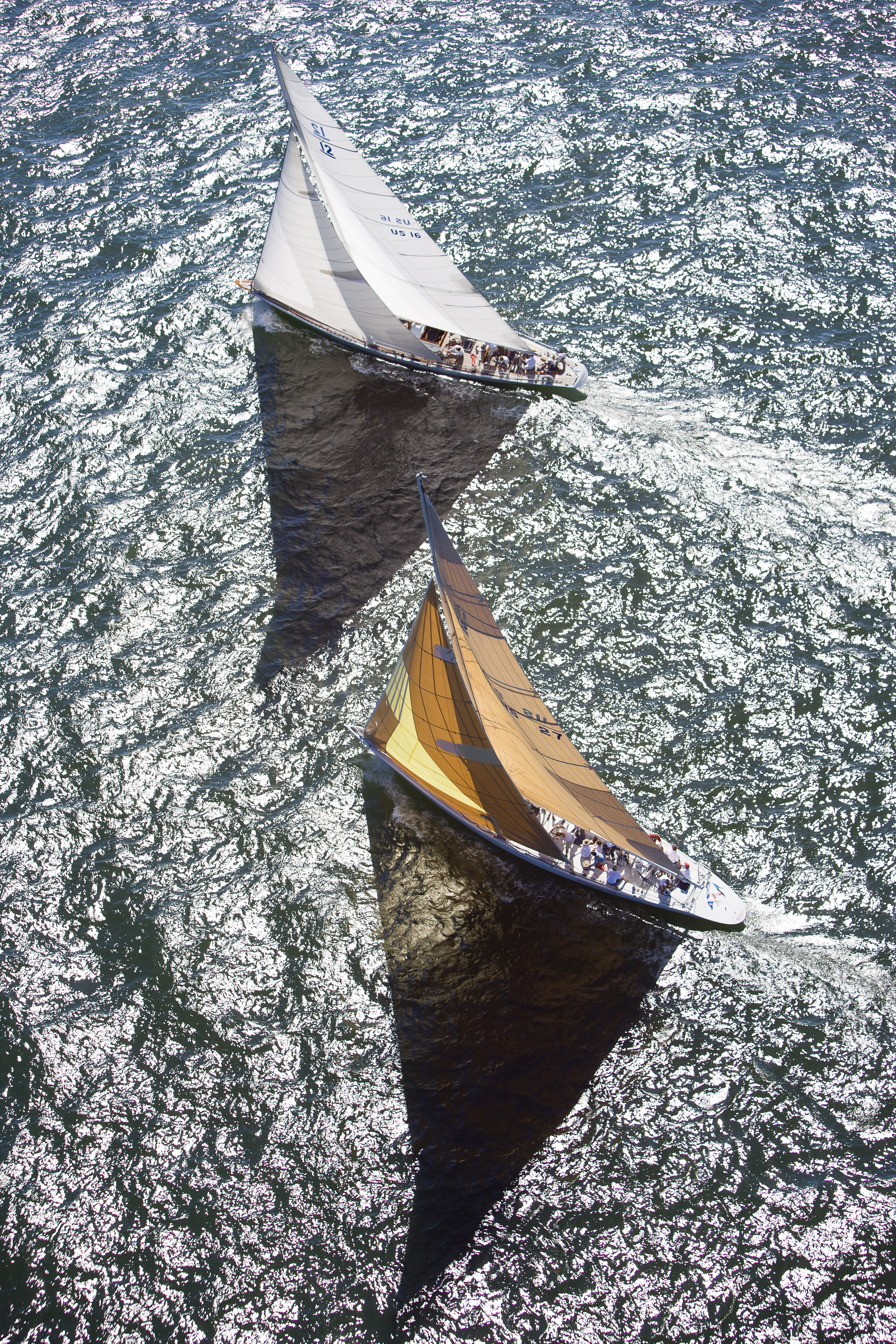
The development of the Twelve Metre has been a journey since the first yacht, Heatherbell, was launched in 1906 to an International Rule designed to bring conformity to racing. The names associated with the class are eyebrow raising: William Fife, Charles E Nicholson, Mike Vanderbilt, Alan Bond, Ted Turner, Lowell North, Ted Hood, Dennis Conner, Bill Ficker… a blend of superstars, tycoons, designers, extraordinary sailors and innovators. Yet you cannot talk about the Twelve Metre Class without mentioning one magic name who will be forever linked with both the class and also the America’s Cup – that of the aforementioned American designer Olin J Stephens, whose Sparkman and Stephens design house still garners huge respect to this day.
A 40-year romance
Stephens came to prominence pre-war with his offshore racing yacht Dorade, but it was the America’s Cup that sealed his reputation. His love affair with the class first blossomed with Vim, launched in 1938 and shipped across the Atlantic to the UK to challenge the large fleet of Twelves based there. She sailed 27 races, won 19, was second four times and third twice – an utterly commanding performance that paved the way for Stephens’ designs to dominate the America’s Cup defence in the post-war era. Between the first post-war British challenge in 1958 and America finally losing the trophy to the Australians in 1983, Stephens designed the successful defenders Columbia (1958) – with Stephens himself and brother Rod part of the crew – Constellation (1964), Intrepid (1967 and 1970), Courageous (1974 and 1977) and Freedom (1980). It is telling that Stephens, who had stepped back from design work in the late 1970s, was not responsible for Liberty, the boat that eventually lost the America’s Cup. Stephens maintained that his old design, Freedom, could have been a successful defender in 1983.
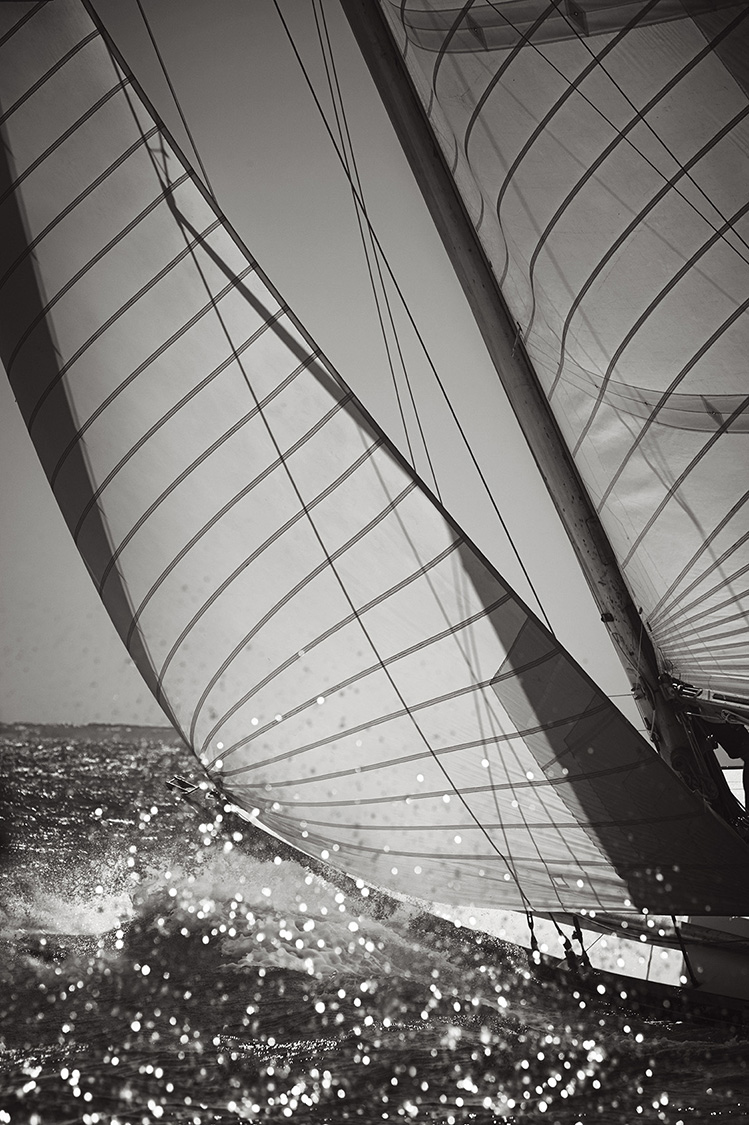
The key to Stephens’ success was undoubtedly that he continued to push, innovate and believe he could improve on previous designs. Intrepid was a particular case in point, for which Stephens moved away from perceived norms by separating the keel and rudder, that now had its own skeg. To make this leap of imagination after decades in the game shows how he continued to push the boundaries. It is telling that Stephens noted that, by the late 70s and early 80s, Dennis Conner’s syndicate had come to the conclusion that the class could only be refined somewhat and that nothing revolutionary could be achieved. Investment was therefore channelled away from design and into rig and sail technology. It was at this point that the Americans were finally ambushed by Ben Lexcen’s Australia II and her winged keel which finally ended the longest winning streak in sporting history.
Innovation open season
Despite adhering to a rule going back to Edwardian times, the America’s Cup represented the pinnacle of sailing and its boats remained at the very forefront of design until 1987. As such, they ushered in a whole host of developments that turbocharged the sport. It is instructive to remember that, up until the 1920s, the Twelves were gaff-rigged while post-war they ushered in the transition from cotton to Dacron and then onward to Kevlar and Mylar laminates. American sailmaker Ted Hood used the America’s Cup as a useful shop window to demonstrate the superiority of his new Dacron sails in the post-war period. He actually came within an inch of defending the Cup with the pre-war designed Vim in the 1958 defender series as, despite being the slightly slower boat, Vim had lighter, superior sails compared to those of the ultimate defender, Constellation. Besides sails, rig development was massively pushed forward during this period with designers experimenting with aluminium rigs and the introduction in 1980 by the Lionheart team of a ‘bendy’ rig – an eye-catching highly flexible top section of the mast which massively boosted sail area.
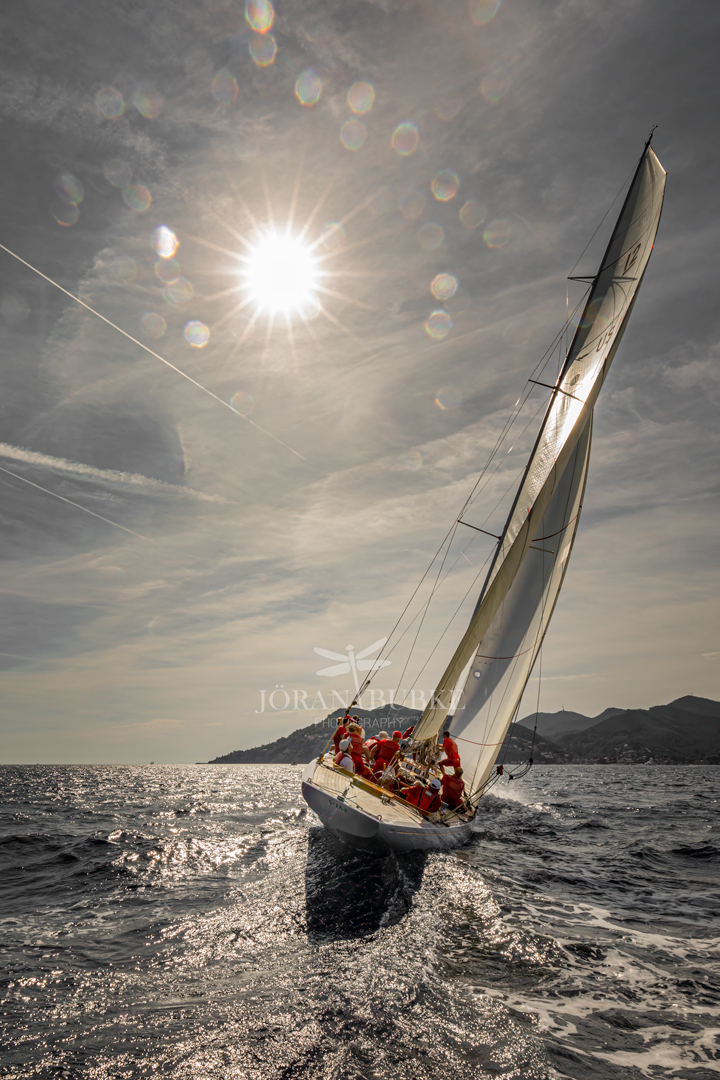
An alluring legacy
Post-1987, with the America’s Cup moving on to more radical classes, the development of the Twelves finally slowed and the design rule so long tinkered, twisted, contorted and puzzled over by modern designers became an anachronism. Yet the legacy has been a fascinating fleet of boats spanning almost a century. It is remarkable just how many Twelves remain afloat; the contrast in designs often extraordinary. It’s fascinating, for example, to compare the elegant Bloodhound, designed by the legendary Charles E Nicholson and built in 1936, with a boat such as the Britton Chance-designed Mariner, created in the 1970s. It’s also fair to say that the earlier Twelves were somewhat more practical boats and, being less radical, easily adapted to become cruisers once their racing days were over. This has enabled many of the older boats to enjoy a second life as a fast cruiser. A fine example of the versatility of the class would, again, be Vim, the Olin J Stephens design which, after a successful pre-war racing career, was converted into a fast cruiser during the war years. Post-war, with a new America’s Cup challenge looming, she was stripped out, her engine removed, to go on to push Constellation hard to become the defender of the 1958 America’s Cup. Post-1958, she was eventually refitted once more as a cruising yacht and is still on the scene to this day.
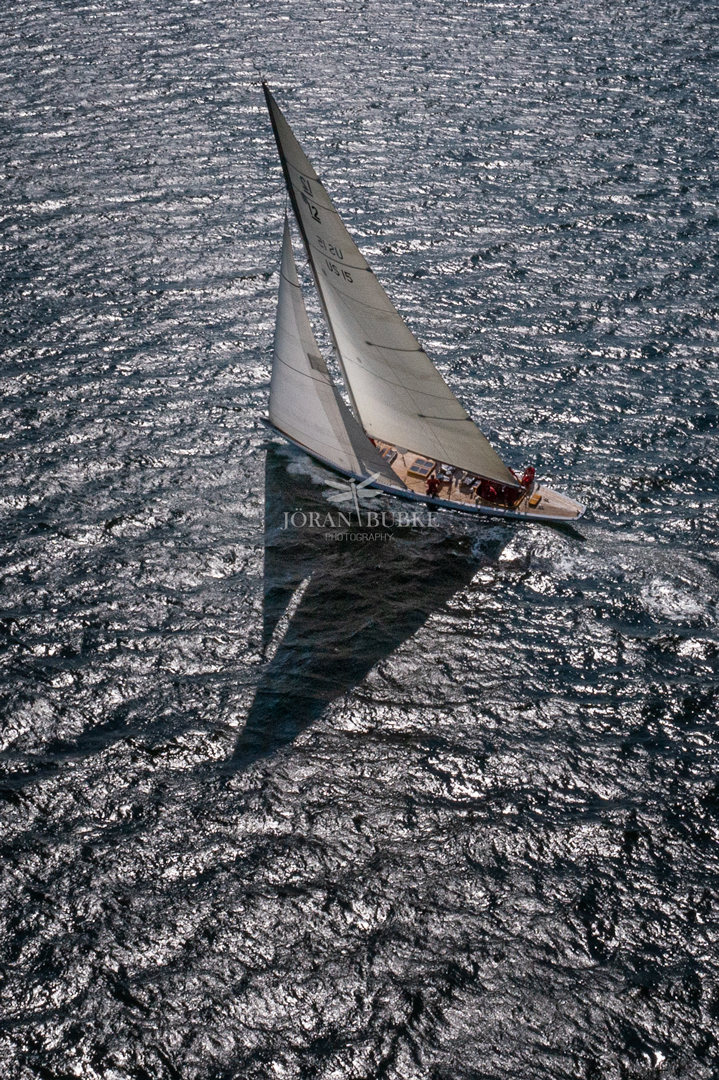
The overall result of the Twelve’s highly unusual story is that the class remains active in America, the Baltic and the Mediterranean, with big fleets gathering every summer and illuminating the seas with their effortless grace. They are not the largest yachts, they are not the fastest, but they remain a beautiful and fascinating piece of sailing history and, when in full flow, they cannot fail to seduce.


